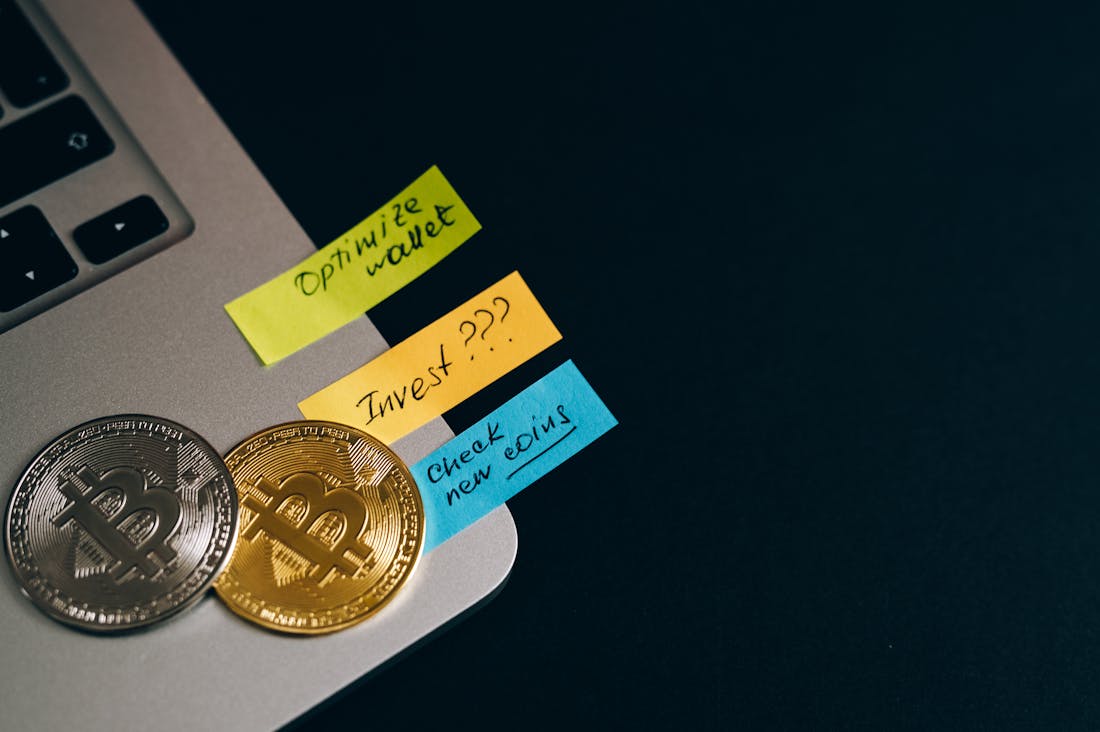In today's rapidly evolving financial landscape, understanding personal finance has never been more crucial. As technology reshapes how we manage money, from budgeting apps to investment platforms, individuals must adapt to leverage these modern tools effectively. "The Future of Personal Finance" explores innovative strategies and resources that empower individuals to achieve financial literacy and security in an increasingly digital world. Embrace the journey towards mastering your finances and make informed decisions that pave the path to financial freedom.

Innovations in Financial Technology
Innovations in financial technology, commonly known as fintech, have revolutionized the way consumers and businesses manage their finances. The rise of mobile banking applications, blockchain technology, and artificial intelligence are just a few examples of how fintech is reshaping the financial landscape. Mobile wallets and peer-to-peer payment systems have made transactions more accessible and user-friendly, allowing individuals to send money across the globe in seconds. Robo-advisors provide personalized investment advice through algorithms, making wealth management available to a broader audience. Additionally, advancements in cybersecurity and regulatory technology are enhancing the safety and compliance of financial operations. Together, these innovations are fostering greater financial inclusion and streamlining processes, making it easier for everyone to engage with their finances.

Building a Personalized Financial Plan
Building a personalized financial plan involves a thorough assessment of individual financial goals, resources, and time horizons. It begins with evaluating one’s current financial situation, including income, expenses, assets, and liabilities. Setting short-term and long-term goals is crucial, whether it's saving for retirement, purchasing a home, or funding education. Next, individuals should consider risk tolerance and investment preferences, which will guide asset allocation decisions. A solid financial plan also includes an emergency fund, insurance coverage, and tax strategies to enhance efficiency. Regular reviews and adjustments to the plan will ensure it remains aligned with changing circumstances and evolving financial aspirations. Ultimately, a personalized financial plan is a dynamic roadmap to achieving financial well-being and security.

Balancing Risk and Reward in Investments
Balancing risk and reward is a fundamental principle in investment strategy that seeks to optimize returns while managing potential losses. Investors must assess their risk tolerance, which is influenced by factors such as age, financial goals, and market conditions. Higher potential returns often come with increased risk, as seen in volatile assets like stocks or cryptocurrencies. Conversely, more stable investments, such as bonds or savings accounts, typically offer lower returns. Diversification plays a crucial role in this balance, allowing investors to spread their capital across various asset classes to mitigate risks. Ultimately, a well-informed approach to risk and reward can lead to sustainable financial growth and help investors navigate the uncertainties of the market.
AI-Assisted Content Disclaimer
This article was created with AI assistance and reviewed by a human for accuracy and clarity.